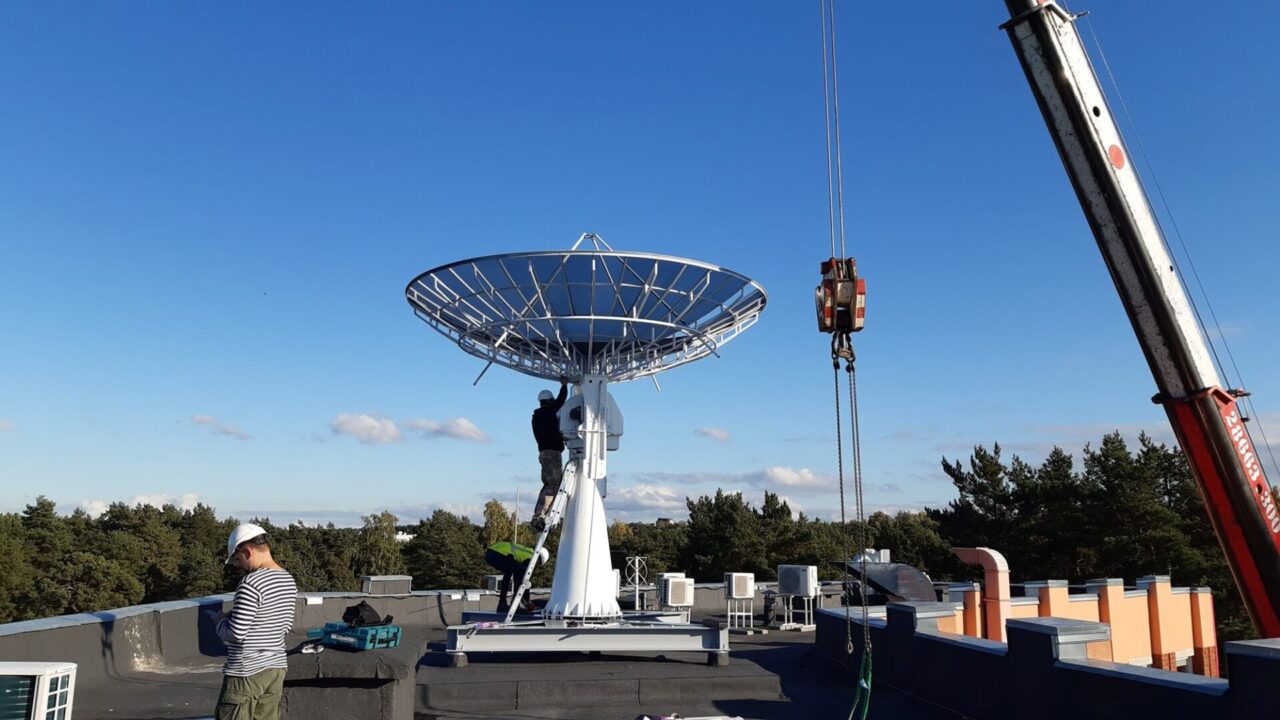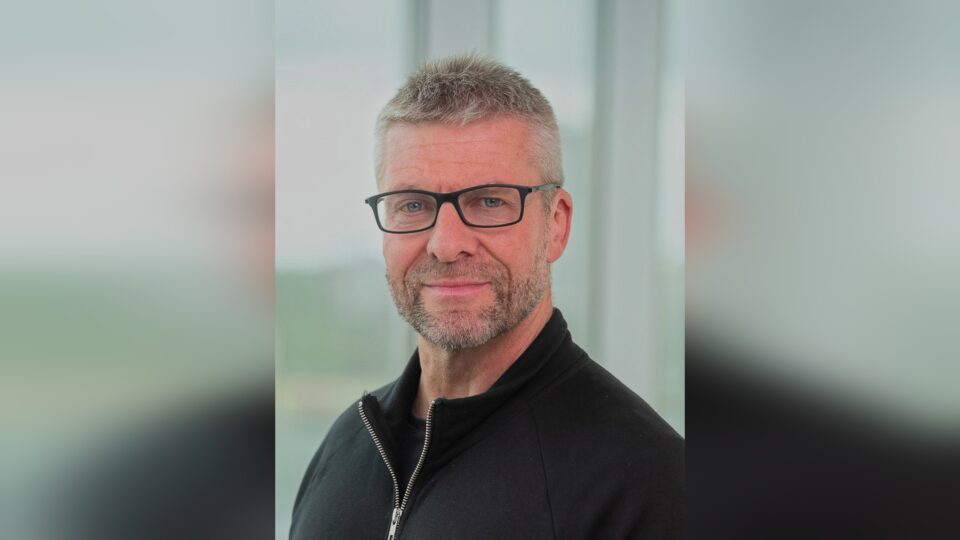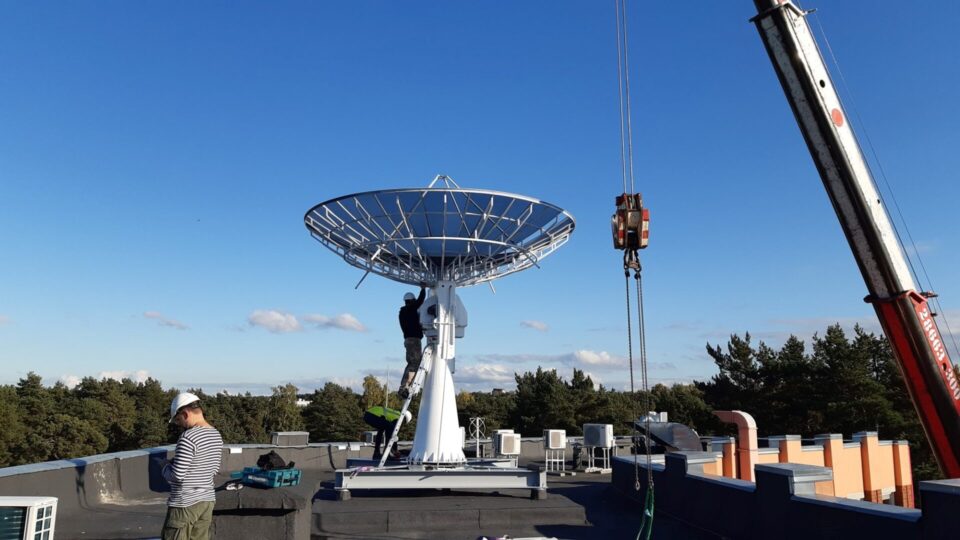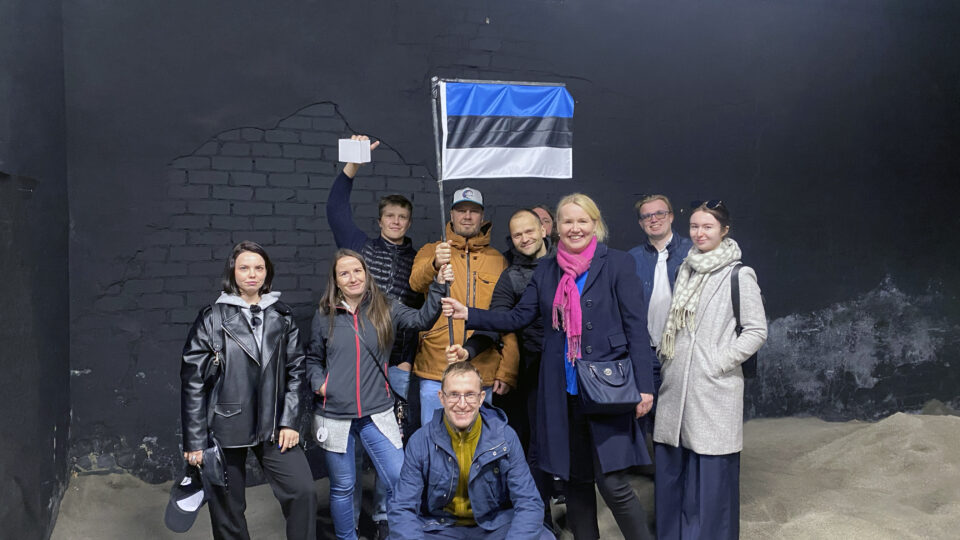At the centre of this shift is TalTech’s Space Centre, where newly appointed head Adrian Venables who is also senior lecturer at TalTech Centre for Digital Forensics and Cyber Security, is spearheading efforts to make Estonia a European hub for space cybersecurity research, education and innovation.
The TalTech Space Centre’s physical anchor is its satellite ground station, located on the rooftop of the Mektory innovation and entrepreneurship building. Originally built in 2018 for a narrowly defined programme, the facility saw limited use after the initial initiative ended. For several years, the ground station remained largely dormant. That is now changing under Venables’ leadership.
Until now, the station has mainly served student theses and course projects, but Venables aims to expand its role into a shared platform for various TalTech departments and external partners. He sees potential for its use in fields like RF electronics, antenna design, embedded systems, mechatronics and smart systems, emphasising that although it’s managed by the Department of Cybersecurity and Systems Forensics, the station is intended as a university-wide asset. “I’ve now taken responsibility for it’s management and use and we’re investing money to upgrade and develop it,” Venables explained.
The goal is clear: to create a dynamic and interdisciplinary platform that brings together students, researchers, and industry partners to engage with cutting-edge applications of space technologies.
Why Estonia should lead in space cybersecurity
Estonia has long been considered a pioneer in cybersecurity. In 2009, TalTech launched one of Europe’s first dedicated master’s programmes in the field, riding the momentum of the 2007 cyberattacks that thrust Estonia into global headlines. Yet in the years since, the landscape has changed. Back in 2009 Estonia was the first one. Now, there are nearly 150 cybersecurity master’s programmes in Europe. „We’re losing market share. Why would someone come to Estonia today, when we’re in a relatively expensive corner of Europe and surrounded by competition?”
To remain relevant and internationally attractive, Estonia needs to differentiate itself. That differentiation, Venables believes, lies in space cybersecurity – a relatively untapped but rapidly growing subfield. „We’re fortunate that several things came together at once: Estonia’s growing space industry, our existing cybersecurity expertise, the development of the national space cyber range, and interest from the European Space Agency,” he explained.
TalTech is working closely with the European Space Agency and Estonian public authorities to shape its Master’s programme into a specialised track focused on space cybersecurity. While retaining core subjects like cryptography and digital forensics, the curriculum will be expanded to include courses on space systems, satellite communications and related technologies.
The aspiration is for Estonia to become a recognised centre of excellence in space cybersecurity education and research Venables envisions TalTech offering one of the first cybersecurity master’s programmes in Europe that integrates hands-on training with a satellite ground station.
„We’re losing market share. Why would someone come to Estonia today, when we’re in a relatively expensive corner of Europe and surrounded by competition?”
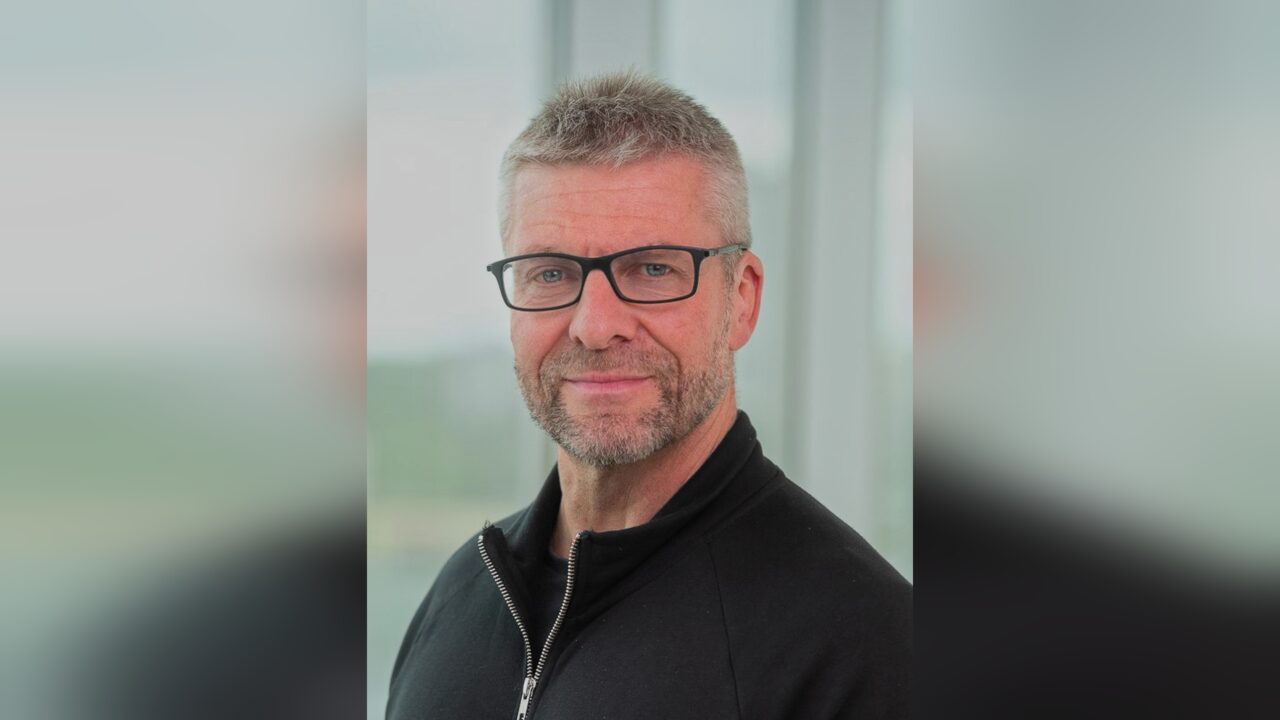
Adrian Venables. Foto: TalTech
Strategic expansion: growing capacity through partnerships and upgrades
As it stands, the ground station is fully operational, able to perform the functions for which it was originally designed. But that is only the beginning. Venables is overseeing a significant upgrade programme to extend its capabilities and attract broader use.
The facility is being upgraded to support a broader range of frequencies to enhance its overall functionality. These improvements aim to make it valuable not just for academic purposes, but also for national research projects and possible commercial use.
There are multiple potential use cases, including satellite communications and networking, satellite control and operations, remote sensing and Earth observation, high-altitude platform systems such as stratospheric balloons, amateur radio communications and radio astronomy, as well as data analytics linked to satellite outputs.
„There’s also potential for renting out the station commercially,” Venables noted. While no companies are using the facility yet, he says there has already been serious interest. „Organisations that don’t have their own ground stations but need access to satellite data could use ours.”
„Organisations that don’t have their own ground stations but need access to satellite data could use ours.”
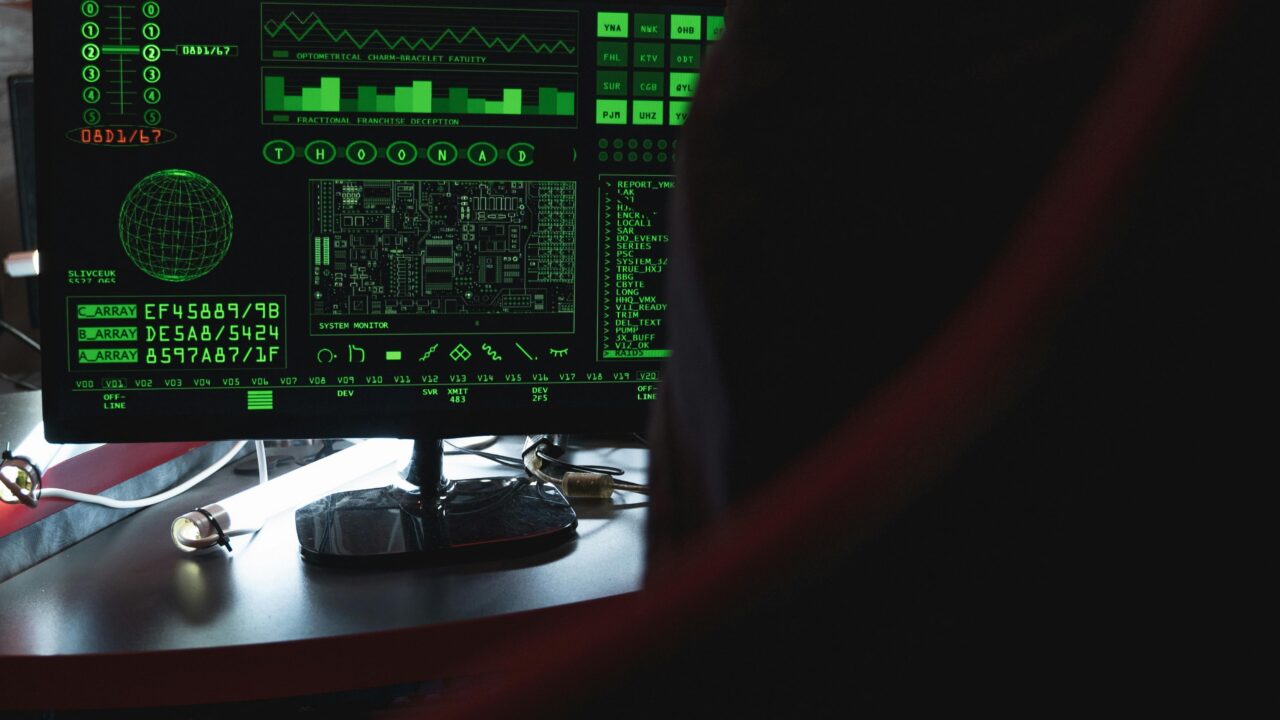
Venables points out that cybersecurity is often overlooked in space systems development – security should be part of the design from the very first step. Photo: Pexels
Defending the domain: Why cybersecurity in space can’t be an afterthought
The list of cyber threats facing space infrastructure is long and growing. From GPS jamming and satellite hijacking to communication interception and software vulnerabilities, modern space systems face risks on par with any other digital environment – and arguably more, given their complexity and remoteness.
„In the 1960s, there was this naive idea that space would remain a peaceful and unmilitarised zone,” Venables reflects. “But today, NATO recognises space as a military domain, alongside land, sea, air, and cyberspace.”
„In the 1960s, there was this naive idea that space would remain a peaceful and unmilitarised zone, but today, NATO recognises space as a military domain, alongside land, sea, air, and cyberspace.”
He noted that there have already been real-world incidents. In 1999, a US-German satellite was hacked and in 2022, a decommissioned satellite was reactivated by researchers as a demonstration of potential vulnerabilities. During the current war in Ukraine, satellites are being targeted by jamming attacks with Starlink reporting disruptions.
The challenge, Venables believes, is that cybersecurity has often been left out of the design process. „Many space vehicles are built without secure design principles in mind. That needs to change,” he said firmly.
He argues that the biggest gap is not in technology, but in awareness and education. „People in the space industry often lack cybersecurity training and cybersecurity professionals might not understand the nuances of satellite systems. We need to educate both sides.”
This is precisely where the TalTech Space Centre fits in. By combining cross-disciplinary learning, practical experience, and strong collaborations, the centre is preparing future specialists to protect critical space infrastructure. As Venables put it, cybersecurity must now be seen as a core element of any space mission–something that needs to be embedded from the very beginning.
„People in the space industry often lack cybersecurity training and cybersecurity professionals might not understand the nuances of satellite systems. We need to educate both sides.”

